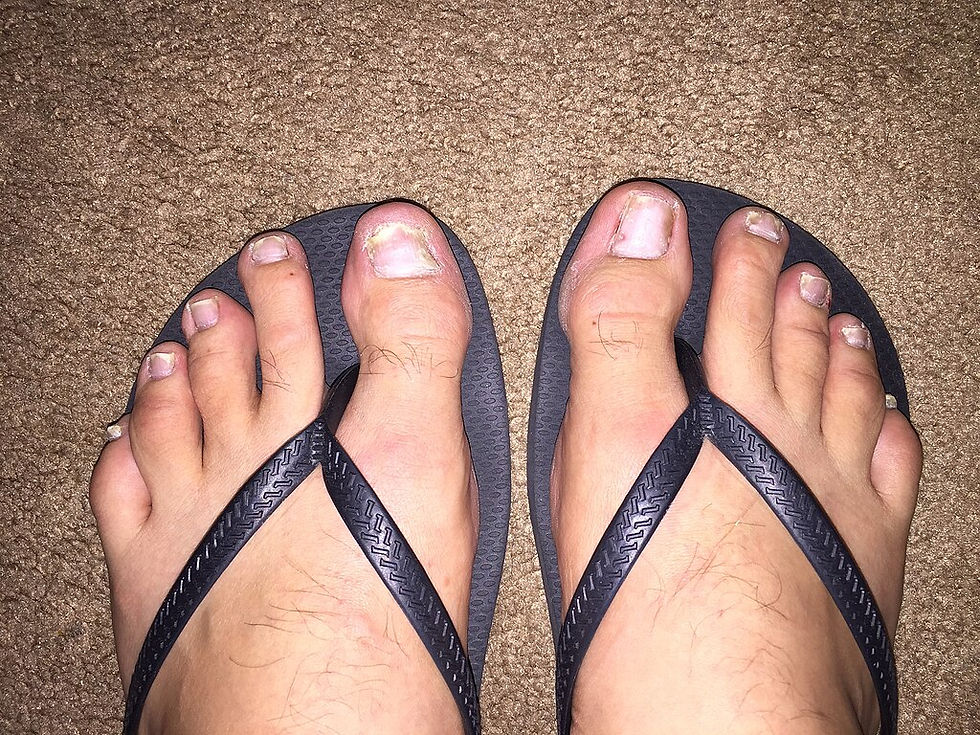Does age play a role in accessing biologics for the Tx of psoriasis?
- Derm City
- Jan 26, 2016
- 2 min read

Photo of Dr. Marcus Schmitt-Egenolf, professor of dermatology and venereology at Umeå University. Credit: Mattias Pettersson
Data from a cohort study suggests that older patients might have reduced access to biologics for the treatment of psoriasis, according to researchers from Umeå University in Sweden who published the findings of their cohort study online on Nov. 30, 2015 in the British Journal of Dermatology.
During the study Dr. Marcus Schmitt-Egenolf and his colleagues analysed a cohort of biologic-naïve psoriasis patients using Cox proportional hazard models to measure the impact of each additional year of life on the likelihood of initiating biologic treatment, after controlling for sex, body mass index, comorbidities, disease activity, and education level.
Overall the findings revealed that an age increase of 30 years resulted in an average 65% reduction in the likelihood of obtaining treatment with biologics.
"This result indicates that there are huge differences in access of treatments with biologics between patients who seem the same in all other aspects apart from age," says Dr. Marcus Schmitt-Egenolf, senior study author and professor of dermatology in the Department of Public Health and Clinical Medicine at Umeå University in Sweden.
"The differences are becoming increasingly clear if you compare a mother to her daughter and supposes that there is a 30-year age difference. The chances for the mother to start a treatment with biologics are then a third in comparison to the daughter and the only reason for this is her age,” added Dr. Schmitt-Egenolf, who was quoted in a press release.
The unequal access to the treatment method shows that improvements are needed in order to reduce the inequality in clinical praxis. Further research is needed to investigate how much of this is affected by the patient's own choice, the authors concluded.



Comments